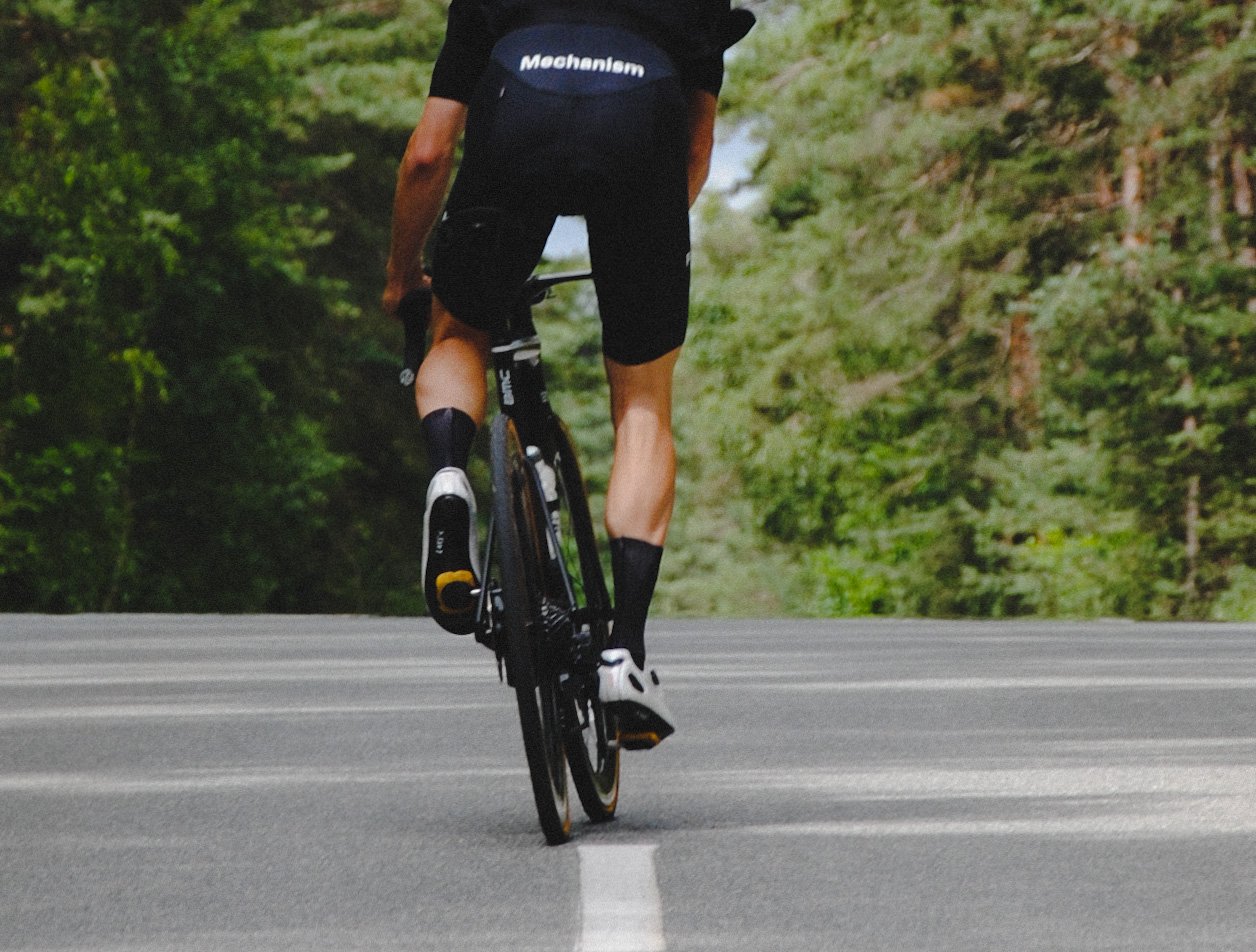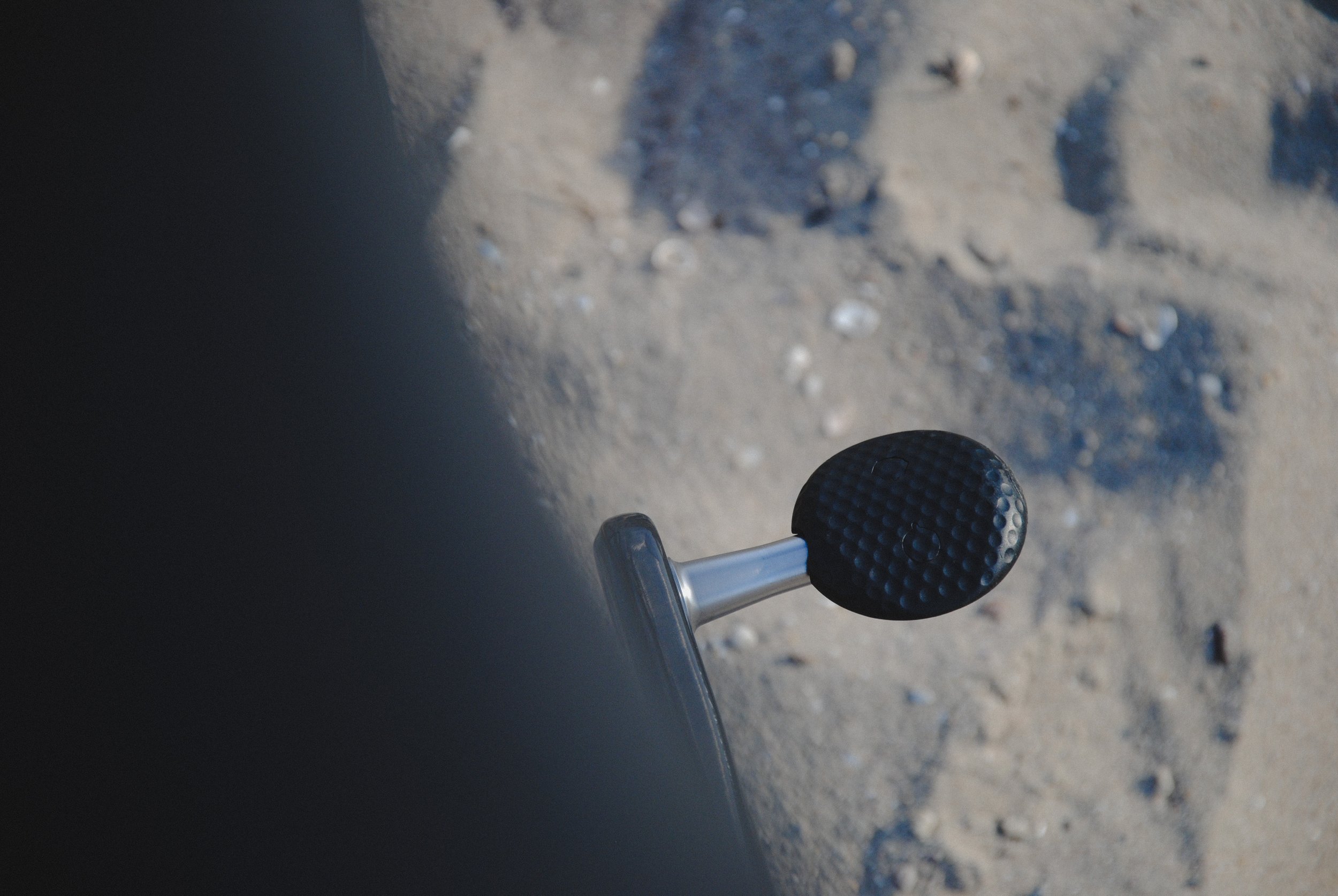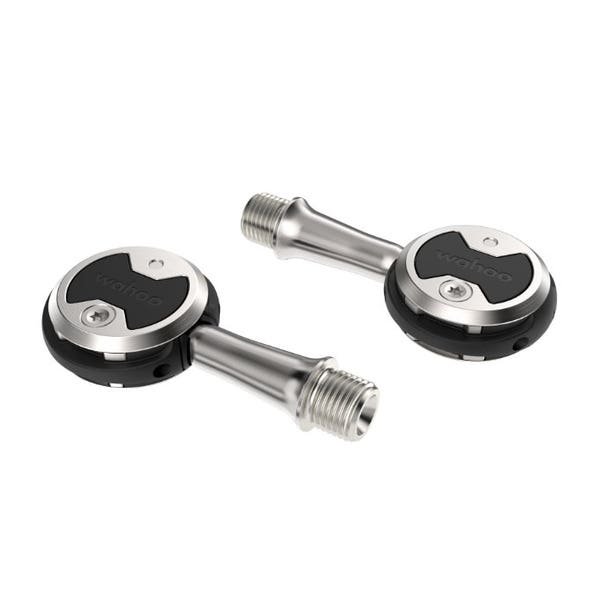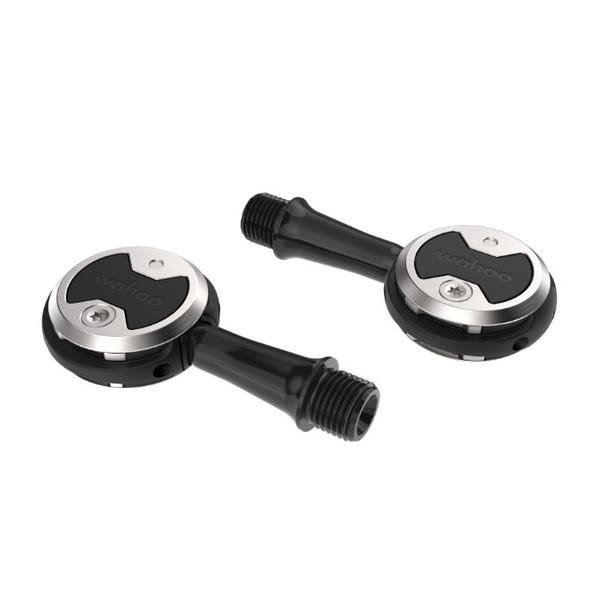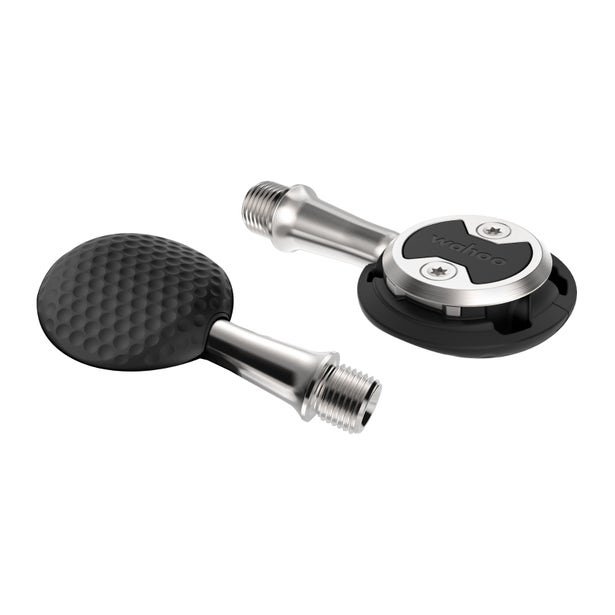Why I Ride Speedplay
For my road bike, my pedals of choice are Speedplays. For about a decade. Ever since I got questioned about these pedals a lot. Even more, since I got myself on Instagram. And a lot more since my reviewing my bmc timemachine road blog post. So, it makes sense to explain in detail why I ride Speedplay in another blog post. If only to make it easier on myself and to be able to refer to this blog post at the very next question I get about it...
switching from Shimano spd SL to Speedplay
It was my former bike fitter, a Flemish guy, who had this incredibly convincing plea on Speedplay. His words were the reason I switched to Speedplay, after years on Look and Shimano SPD SL. I didn’t even ask a question. I immediately took the man at his word.
adjusting saddle height
Switching to Speedplay pedals made that we had to adjust saddle height. Due to the fact that the distance from the foot to the axis of the pedal is smaller. Again later on, when I switched to Speedplay-ready shoes. Both my former Sidi Ergo’s and my recent custom Lake CX-332 don’t use a cleat adapter anymore. An adapter to bridge the standard three holes in your shoe to the four-hole Speedplay mounting. So again we adjusted saddle height now my pedal directly touches the sole of my shoe. Decreasing my stack height meant an even more aerodynamic win.
standard cleats vs Speedplay cleats
As already slightly mentioned, Speedplay cleats are mounted with four screws. So your pedal set comes with an adapter as most cycling shoes are made for cleats with three mounting points. Nevertheless, I found out that both Sidi and Lake offer so-called Speedplay-native soles. Probably more brands have them in their range.
So in my case, this adapter base plate is replaced by a flat plate. Very thin ones, just to protect my carbon soles. Then you mount the metal bottom. The cleat, which houses the spring system. On top of this cleat comes a very functional walkable cover. This cover ensures that the system does not wear as you won’t walk directly on this metal cleat. As a result, the cleats do not wear out with walking and this convex shape also lets you walk a lot smoother.
The biggest contrast with standard cleats though is that Speedplay pedals don’t offer their clickable system in the pedal. They integrated this clickable system into their cleats.
adjusting Speedplay cleats
One of the big advantages of riding Speedplay is that they offer very good adjustability for things like positioning and float.
The four mounting points allow you to position the cleat under your shoe in many different ways. Slightly forward or inward is no problem. Compared to standard cleats with three-point mounting, Speedplay offers more space to place the cleat to the left or right. It’s even easy to use shims to compensate for leg length differences which I do with my right shoe.
You can adjust settings on the cleat itself for clipping in and out. But be aware that these cleats need to get 'worn in' a bit too. Makes sense that this goes faster on your preferred side to clip off at a traffic light.
The float might feel a little strange at first. It feels like your feet are twisting on ice as there is almost no resistance. But you soon get used to it and can micro-adjust your float up to 15 degrees with two screws on the cleat.
Because these Speedplay cleats can be adjusted in many positions, Speedplay is a widely used brand by bike fitters. They can remedy complaints to joints such as ankles, knees, and hips. On the other hand, all these possibilities in terms of adjustments can become a disadvantage. If you don’t have your cleats positioned correctly, there is still a risk of injury. You will therefore have to take your time. More than you are used to from other brands. But as they don’t wear easily you won’t have to do that all as often as with standard systems.
the Speedplay experience
clipping in and out
The main win with Speedplay is that you can clip in on two sides. I really love that. But, as mentioned, clipping in the first few times isn't easy. It helps to know that to clip in, you should do it at the bottom of your pedal stroke. As when you do it on top, your feet probably slip off of the pedals. For sure 6 o/clock positioning makes it a lot easier. Clipping out though is very easy. I can even tell you that my experience with crashing is that they released my feet with no problem.
cutting corners
All Speedplay pedals have the advantage that you can pedal longer into sharp bends. These pedals are incredibly small and especially flat. Which creates more space between the pedal and road surface. It’s just less likely to hit the ground.
Not necessarily an advantage for the average recreational rider. But back in the days, I was mainly racing criteriums I really could take advantage of here.
power transmission
The cleat drops over the pedal so that the distance between foot and axis is really small. So, the more direct the power transmission is. Don’t underestimate this advantage here! This appears to be huge as I could easily test this out based on power meter data.
weight
Speedplay pedals tend to be lightweight compared to the other options out there. But as with other brands, their range also goes from a heavier entry-level (232g per pair) model to a weight-weenies titanium (168g per pair) model. More about their range later.
aerodynamics
The last advantage worth mentioning is their aerodynamic engineering. The cleat totally integrates with the pedal when clipped in and the streamlined walkable cover with golf ball defies wind and boosts speed with less effort. Even more with my aero ones as they are one-sided, and offer this same dimpled aerodynamic bottom side that integrates flawlessly with the cleat cover. I might sound like an aerogeek now…
cleat and pedal maintanance
When you switch to Speedplay pedals, keep in mind that their technology is more maintenance-sensitive than you might be used to with standard systems.
First, you should lubricate the cleat springs regularly. I add chain wax (dry lube will do as well) to the springs while using a multitool as leverage to push the springs in each direction to let the lube work properly.
Second, you should keep both the pedal and the cleats clean. Stepping your cleat into sand or mud will definitely make the system won’t work smoothly anymore. A couple of steps into the dirt can even let the system fail. When too much sand gets between the springs, you will have to remove the cleat, clean it, and lubricate again.
The last one is the main downside I experience. Especially when I’m getting off the bike to take a sanitary stop, or to take pictures from the roadside or beyond. But, Speedplay comes standard with round caps that you easily screw into your cleat to prevent dirt to get in. Just my bad I never bring them with me…
Speedplay looks and range
Checking out this Speedplay system, the pedals look incredibly pro and a little funky at first sight. Incredibly small and flat. The clipping system is circular and dual-sided. Except for the Speedplay Aero ones I’m riding.
different pedals
So, I ride the Speedplay Aero. The most aerodynamic option in the Speedplay series of pedals. Although I’m not gunning for the podium anymore, I consider them a perfect match with my BMC Timemachine Road. I really like their seamless integration with the cleats. The main reason aero is my pick, is because I like how it gives this extra sleek aero touch on my bike. Furthermore, Speedplay delivers three other pedals in their range.
The cheapest set is the Speedplay Comp. This chromoly fabric spindle offers their double-sided experience as an entry-level pedal.
To serve a mid-level experience they offer the Speedplay Zero. These ones contain a stainless steel fabric spindle and this was the one I was racing on for years.
Then you have their top product. Which is the Speedplay Nano. The mix of a titanium spindle and carbon fiber body creates an ultra-light pedal for all the weight-weenies out there.
Wahoo took over
In September 2019, Wahoo Fitness announced the acquisition of Speedplay. Wahoo Fitness CEO Chip Hawkins highlighted that Speedplay is a great lightweight and aero pedal and delivers tight cornering clearance, and this great dual-sided clip-in option. But he found the Speedplay website a bit fuzzy. Too many – options and too little clarity about which was the best option.
for now
First, he did great work on simplifying the product lineup. For the longer term, he sees also room for product expansion as well with cross pedals and mountain pedals. So I consider Speedplay as a brand to continue and to be just another product in the Wahoo catalog.
what’s there to come
At this point, I’m really keen to see Wahoo launching the long-expected Speedplay Powrlink Zero. Speedplay power meter pedals so to say. I’m definitely interested in those.
source: swisscycles.com
About a year ago Wahoo released some initial information, though no details. Initially, they told us to release in summer 2021. It seems somehow they postponed a several times ever since. In the meantime, I remain patient.
wrapping up
Well, I think I covered it all. I just love the way you can fine-tune this system. I just love how direct they pedal. But in the end nowadays for me, it’s mainly about the slick looks. Or as this guy on a bikeforums.net put it:
Your bike will look more pro, which will make more people want to steal it, but they won't be able to, because, well, who can pedal on those tiny lollipops?

